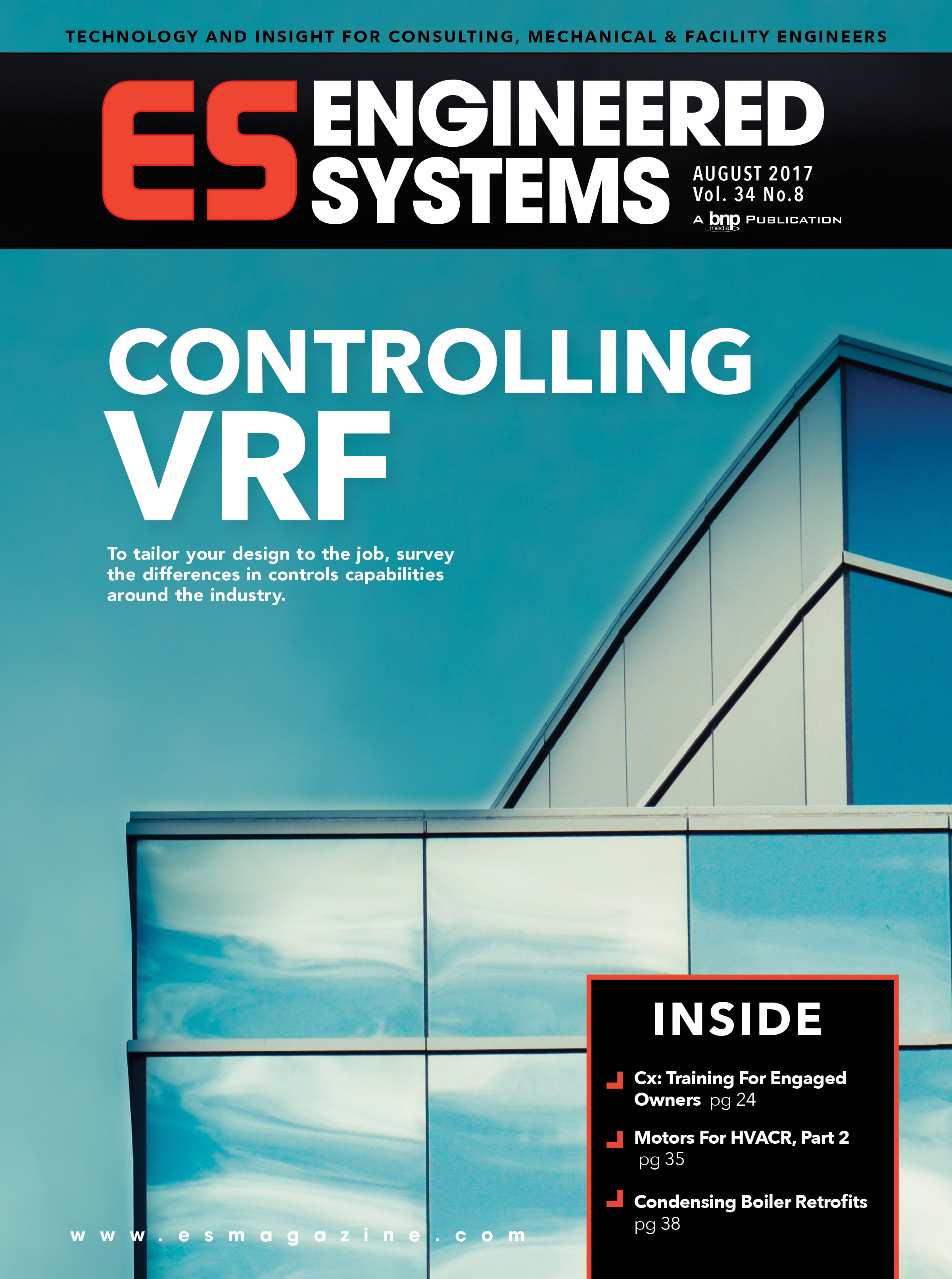Recording for the future
As-built drawings are important for at least two primary purposes. First, they are a record from which future system changes and/or additions can be designed. Second, the as-built drawings can be a valuable tool for the O&M staff. For example, we know that the accurate depiction of shut-off valve locations is considered critical for emergency preparedness.A standard, though by no means the only, approach to as-built drawing preparation is for the installation contractors to maintain a master set of manually marked-up "red-line" record drawings in the construction trailer.
At the completion of construction, all red-lined changes are transferred to electronic CAD drawings, typically using the designers' original design drawing files as the starting point. These CAD drawings are then considered the final as-builts and submitted to the owner as part of the project closeout process.
Commissioning as-built drawings
Many owners have been disappointed with the accuracy, completeness, and timeliness of as-built drawings they have received following a construction project. Therefore, they have elected to include quality assurance of the as-built documents as a part of their commissioning process. So, what is "commissioning of as-built drawings"? As with many things, it can be whatever the facility owner wants it to be and/or can afford it to be.There are a series of questions owners must ask themselves in order to define the level of effort desired in commissioning as-built drawings. The first set of questions has to do with the desired results of the commissioning process. Does the owner want one or more of the following results?
- Timely delivery of the as-built drawings (i.e., within a prescribed period of time after substantial completion)?
- Confidence that the as-built drawings are accurate with respect to elements most important for O&M purposes (i.e., location of all system components requiring O&M attention)?
- Confidence that the as-built drawings are completely accurate with respect to the location and sizes of all components (i.e., equipment and distribution systems)?
The process of verification
If accuracy of the as-built documents is one of the priorities, the owner must then determine when and by whom that accuracy will be verified. The following are options for "when" the manual record drawings could be reviewed against actual installation, listed in order of increasing effectiveness:
- After construction is complete. This would be a one-time walkthrough of the building which could be disruptive if the reviewers need to see above ceilings and/or work around occupants. The ability to verify installation of concealed, nonaccessible elements would be minimal.
- Before system elements are concealed. This would require close coordination between the installers and the reviewers to make sure that the installers provide adequate scheduling information to make sure the reviewers have an opportunity to observe all completed installations prior to concealment without delaying the construction process. This would typically be done in multiple review sessions, because systems are concealed at various points in the project.
- On a regular basis (perhaps monthly) as construction proceeds. This can be very time-intensive (and costly) but is probably the most effective way of ensuring that all system components are documented without jeopardizing the construction schedule.
The reviewers should be, in order of decreasing preference, the owner's O&M staff, the commissioning consultant, or the designers. If accuracy is the concern, the real "check" on accuracy needs to be at the manual record drawing stage to make sure that the contractors are keeping up with their documentation requirements. If the red-lined record drawings are deemed accurate, then the only check on the electronic as-built documents will be to review and confirm that all red-lines have been picked up and represented in the CAD drawings.


